Back in 2009, when I made my living licensing stock imagery, the size (in megapixels) of the images we could license made a difference in our potential for sales. Photos were sold based on how big the file was (in megapixels), so photographers with large-megapixel cameras had a more competitive edge over those of us who did not. At the time, I was using a Nikon D200, a 12-megapixel camera, and felt pressured to upgrade. When it was obvious that Nikon (at the time) was not going to come out with anything with more than 12-megapixels, I decided to make the move to Canon, which already had a hefty 21-megapixel 5DMarkII in their inventory.
Now, my career has slightly shifted. I still shoot stock (you can see my growing portfolio on Stocksy), but it is not my main focus. In fact, over 90% of my income is derived from sales through products I create for my online shop, the Nicolesy Store, and I also write articles and share photos through social media. The photos I use are typically consumed by other people on a screen (phone, laptop, tablet), so technically I don’t really need a camera that creates 20+ megapixels. I just need something that makes images that are large enough for the content I create.
I’ve also been thinking a lot about the mirrorless cameras out there right now, especially the Fuji and Sony systems. I own an 18-megapixel Fuji X-T1, but I have also had the chance to play around with the Sony a7 series cameras and lenses, too. While there is no denying that the quality of the Sony full-frame sensors is amazing (especially the brand-new 42.4-megapixel Sony a7RII), is that more than we need? Sure, everyone has their own uses and preferences, but when does the amount of megapixels start to become overkill … or does it?
Here are some points to ponder, both “for” and “against” the need for a large megapixel camera:
- For: Printing is probably one of the biggest reasons to have a huge sensor. As the print sizes get larger and larger, a higher-megapixel camera is more desirable.
- Against: Most of what we share is online, and people rarely share full-resolution images online (and if they do, a user would need to zoom in to see it up-close). When I share to Instagram from my Fuji X-T1 or Canon 6D, they are resized down to 1024×1024 pixels. That’s tiny compared to the size the image started with! And most other images, whether they are on Facebook or a blog, can only be viewed as large as the screen they are on (which is definitely not over 20 megapixels).
- For: A higher-megapixel image allows you to get more aggressive with your cropping and still have a decent-sized image.
- Against: The more megapixels, the greater the need for memory cards and hard-drive storage.
- Against: Large RAW files require very fast and updated computer processors to make edits. Older computers or antiquated versions of software may have a difficult time working with extremely large files.
I’m not saying that high-megapixel cameras don’t have their place, in fact, if Fuji came out with a 30-megapixel X-series camera, I would probably be adding it to my camera collection as soon as it came out. :) There is no denying that having extra wiggle-room for editing, cropping, or just to create more detail is ideal. I just don’t see the need to base an entire purchasing decision around the number of megapixels a camera has. It’s one feature out of many. In the coming months, I’m going to take a crack at printing my own photographs at home, and I’m curious to see if that will alter my opinion on megapixels and how many I actually require for my photography.
This article was originally published on Photofocus.
Back in 2009, when I made my living licensing stock imagery, the size (in megapixels) of the images we could license made a difference in our potential for sales. Photos were sold based on how big the file was (in megapixels), so photographers with large-megapixel cameras had a more competitive edge over those of us who did not. At the time, I was using a Nikon D200, a 12-megapixel camera, and felt pressured to upgrade. When it was obvious that Nikon (at the time) was not going to come out with anything with more than 12-megapixels, I decided to make the move to Canon, which already had a hefty 21-megapixel 5DMarkII in their inventory.
Now, my career has slightly shifted. I still shoot stock (you can see my growing portfolio on Stocksy), but it is not my main focus. In fact, over 90% of my income is derived from sales through products I create for my online shop, the Nicolesy Store, and I also write articles and share photos through social media. The photos I use are typically consumed by other people on a screen (phone, laptop, tablet), so technically I don’t really need a camera that creates 20+ megapixels. I just need something that makes images that are large enough for the content I create.
I’ve also been thinking a lot about the mirrorless cameras out there right now, especially the Fuji and Sony systems. I own an 18-megapixel Fuji X-T1, but I have also had the chance to play around with the Sony a7 series cameras and lenses, too. While there is no denying that the quality of the Sony full-frame sensors is amazing (especially the brand-new 42.4-megapixel Sony a7RII), is that more than we need? Sure, everyone has their own uses and preferences, but when does the amount of megapixels start to become overkill … or does it?
Here are some points to ponder, both “for” and “against” the need for a large megapixel camera:
- For: Printing is probably one of the biggest reasons to have a huge sensor. As the print sizes get larger and larger, a higher-megapixel camera is more desirable.
- Against: Most of what we share is online, and people rarely share full-resolution images online (and if they do, a user would need to zoom in to see it up-close). When I share to Instagram from my Fuji X-T1 or Canon 6D, they are resized down to 1024×1024 pixels. That’s tiny compared to the size the image started with! And most other images, whether they are on Facebook or a blog, can only be viewed as large as the screen they are on (which is definitely not over 20 megapixels).
- For: A higher-megapixel image allows you to get more aggressive with your cropping and still have a decent-sized image.
- Against: The more megapixels, the greater the need for memory cards and hard-drive storage.
- Against: Large RAW files require very fast and updated computer processors to make edits. Older computers or antiquated versions of software may have a difficult time working with extremely large files.
I’m not saying that high-megapixel cameras don’t have their place, in fact, if Fuji came out with a 30-megapixel X-series camera, I would probably be adding it to my camera collection as soon as it came out. :) There is no denying that having extra wiggle-room for editing, cropping, or just to create more detail is ideal. I just don’t see the need to base an entire purchasing decision around the number of megapixels a camera has. It’s one feature out of many. In the coming months, I’m going to take a crack at printing my own photographs at home, and I’m curious to see if that will alter my opinion on megapixels and how many I actually require for my photography.
This article was originally published on Photofocus.

Nicole is a photographer, published author, and educator specializing in Lightroom, Photoshop, and photography. She is best known for her books on food photography but is widely versed in various photographic genres, including landscape, nature, stock, travel, and experimental imagery.


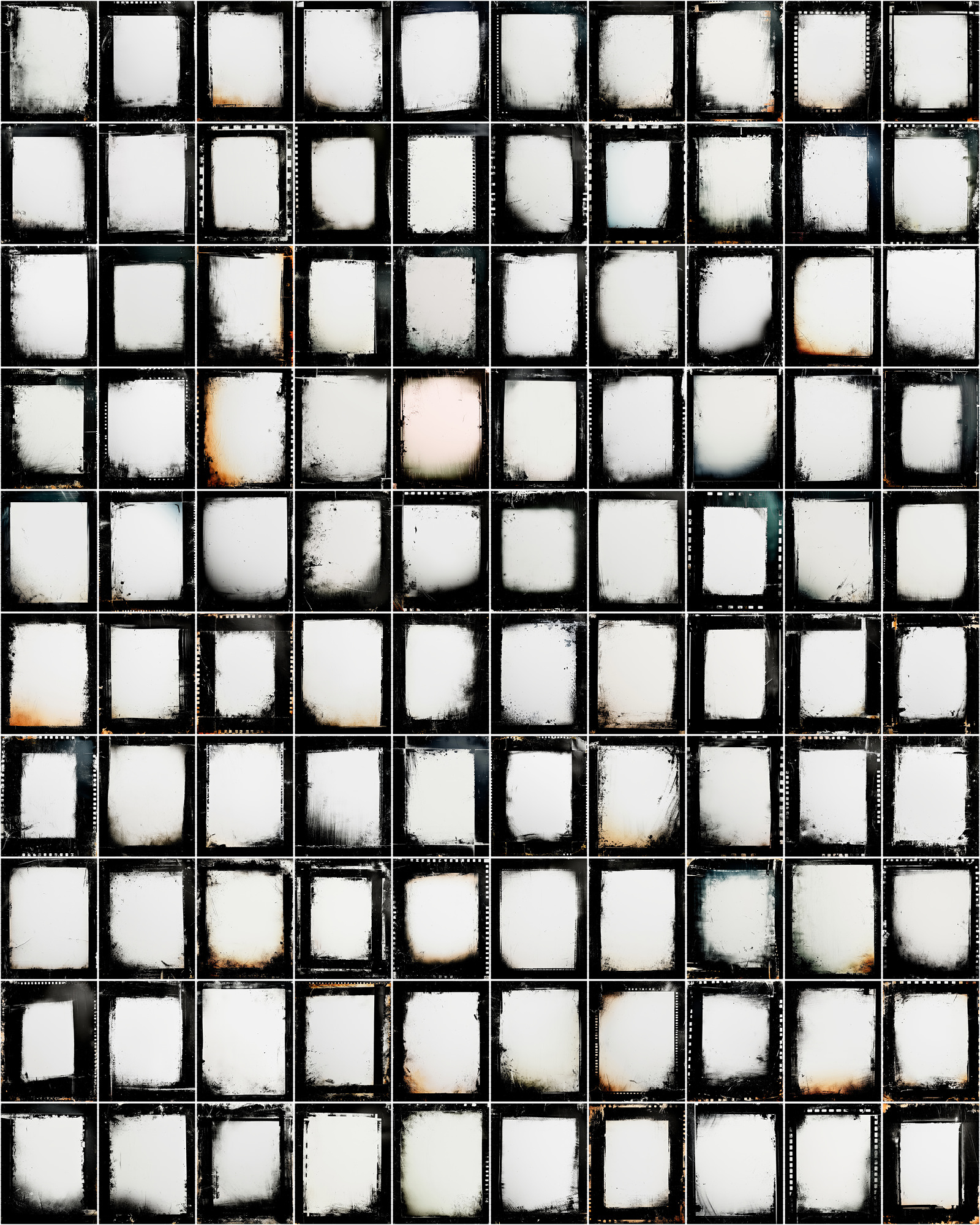
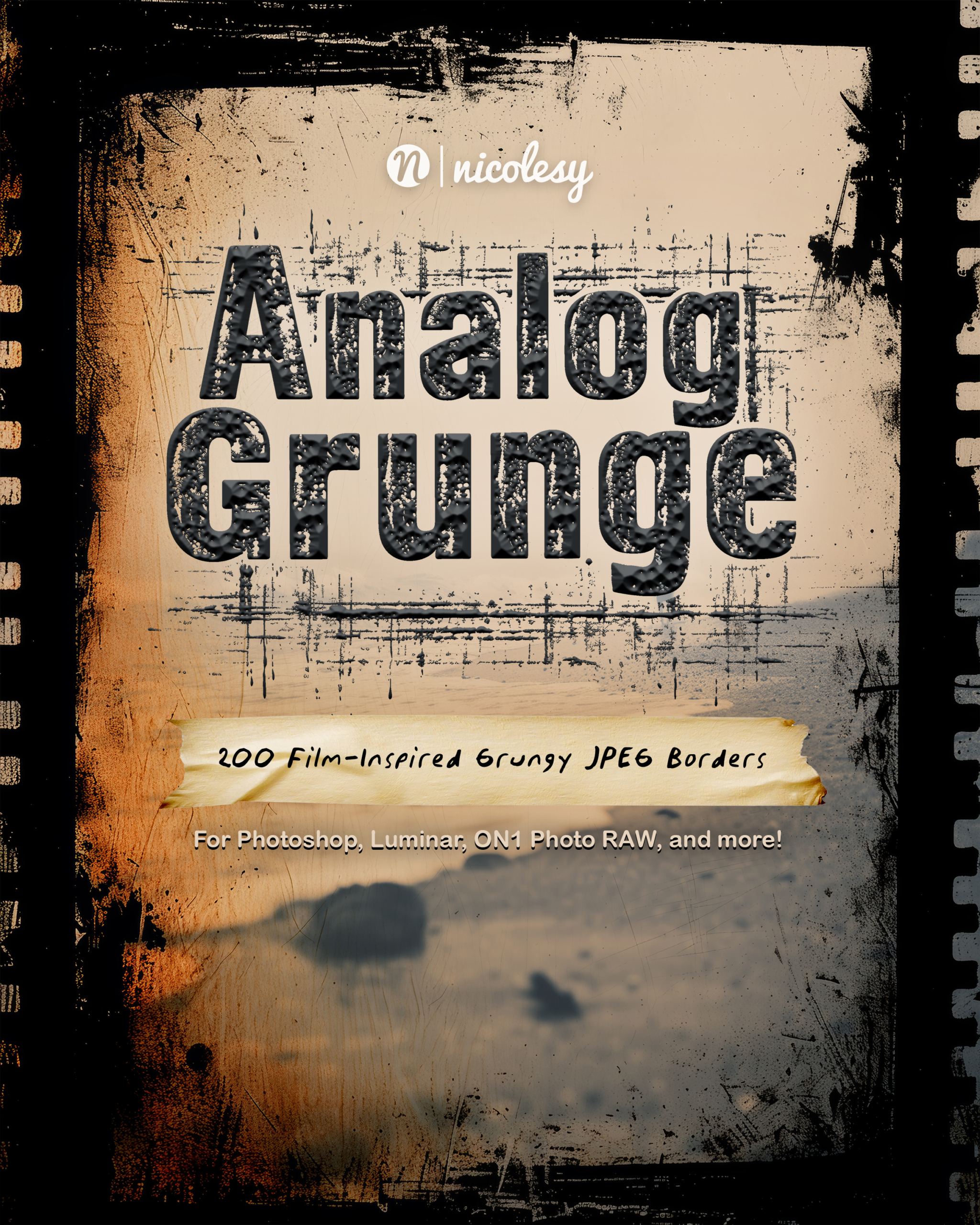

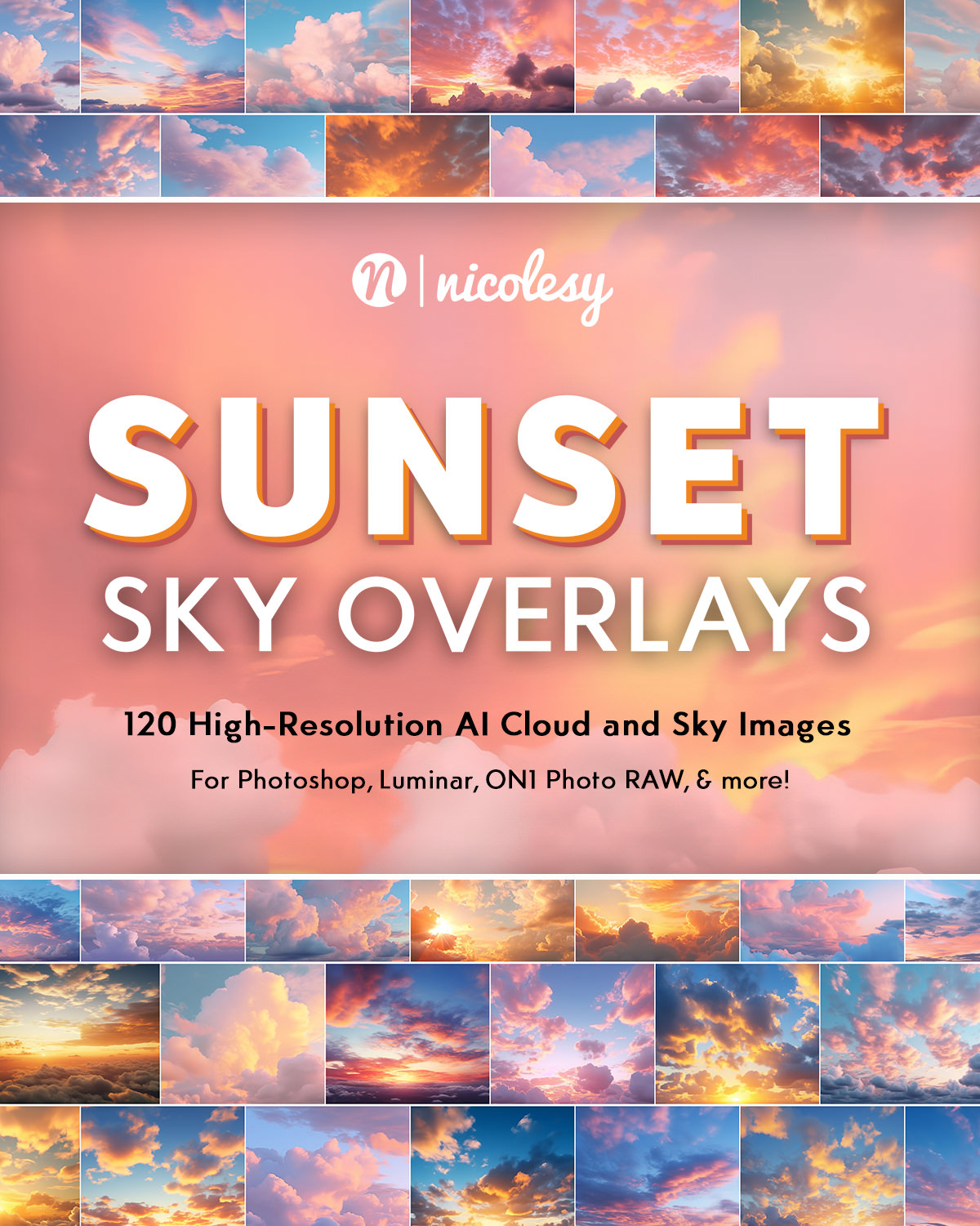

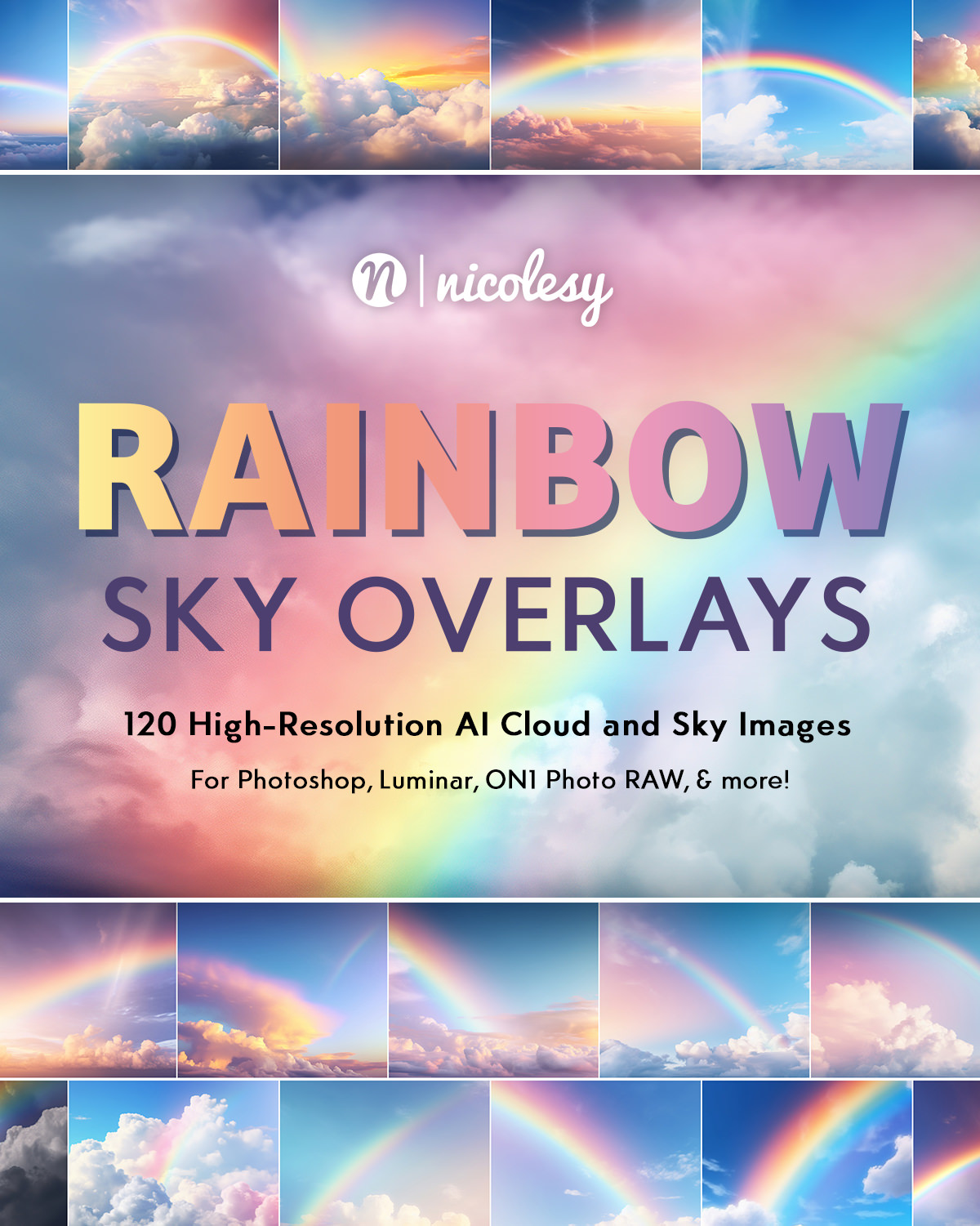
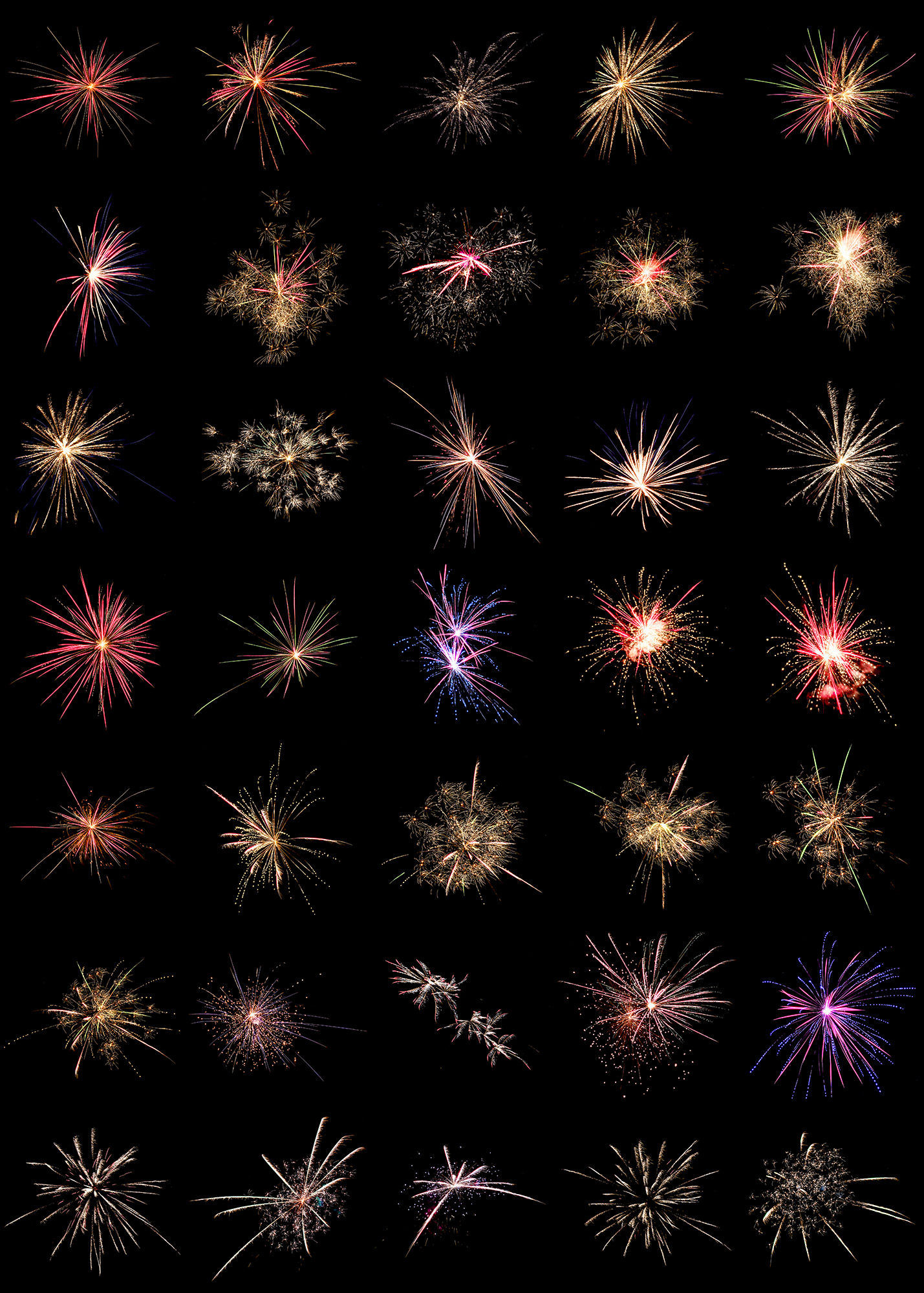

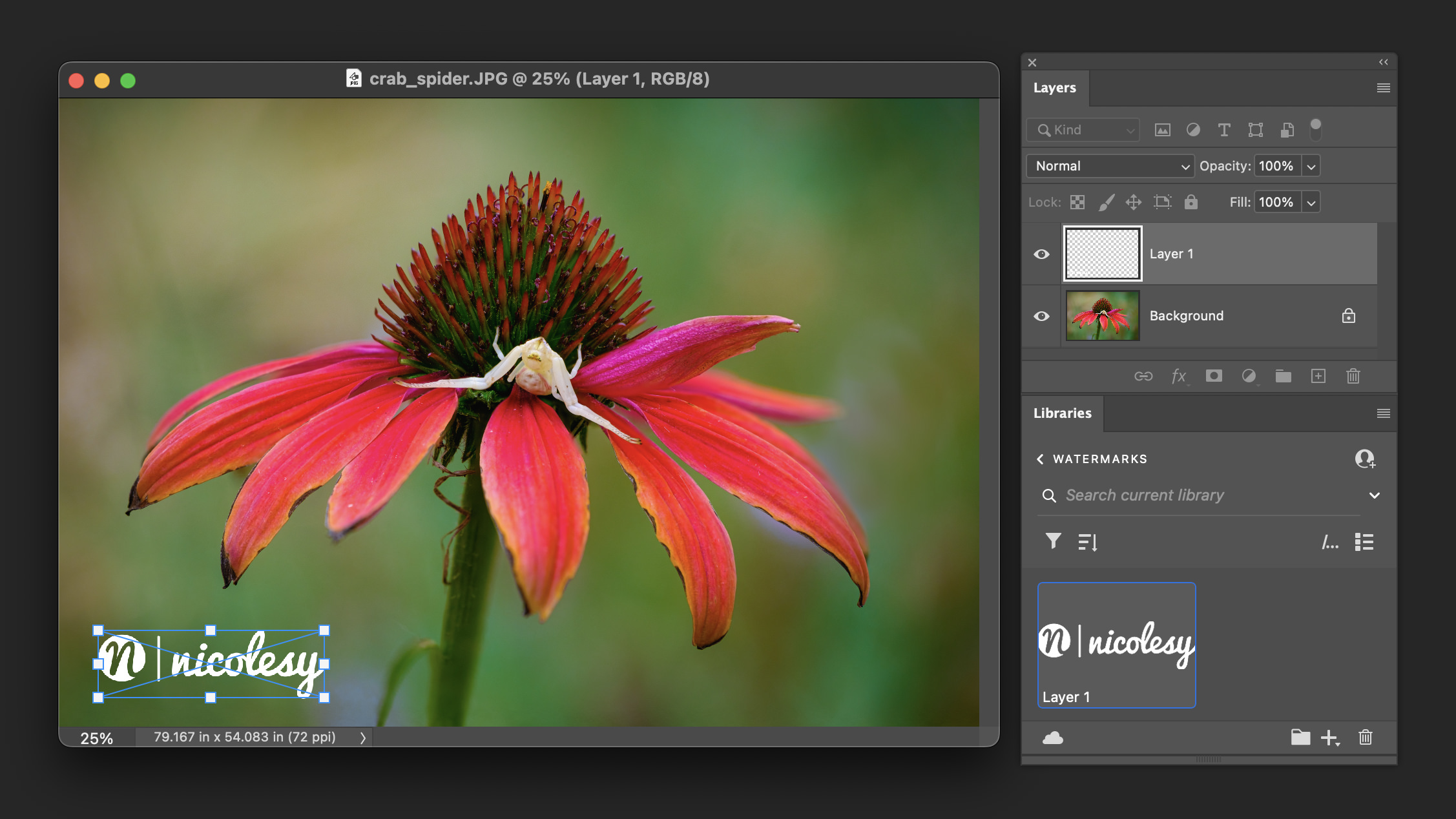
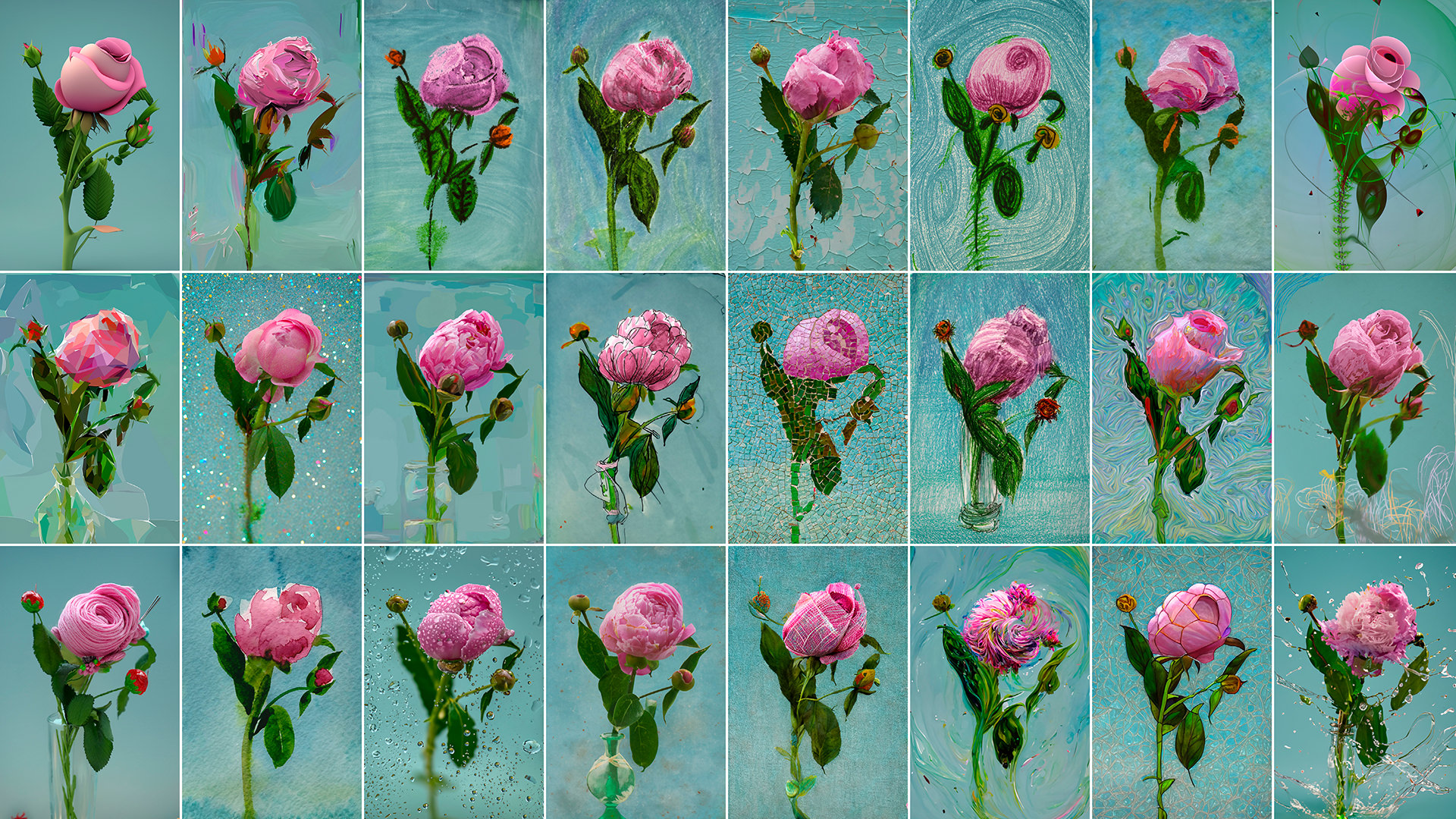
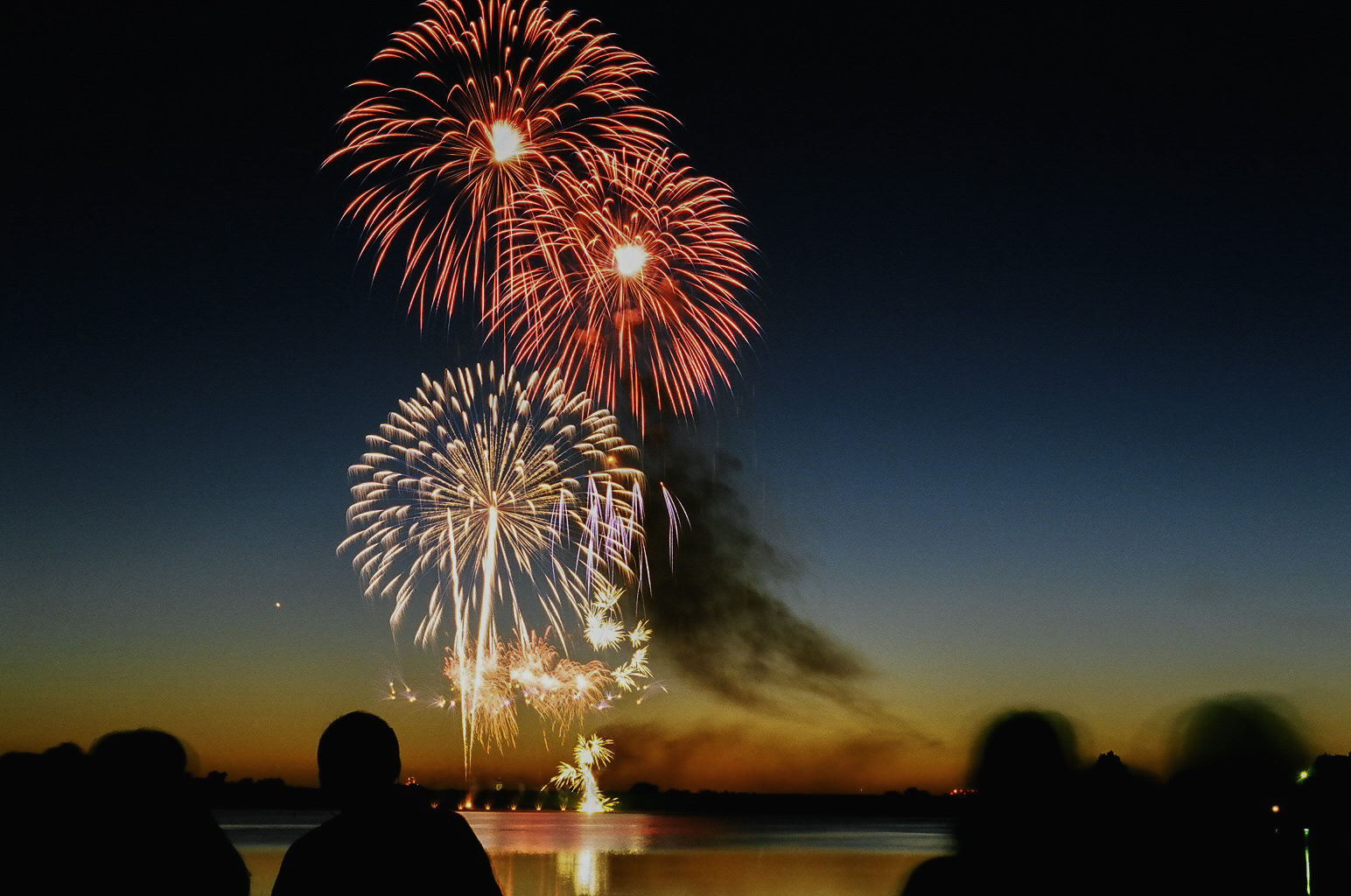
Nice article and I agree that having G.A.S leads to buying things we don’t need or will ever use to it’s capacity.
Against: more pixels mean a smaller cell size, which results in more noise.
With mobile users overtaking desktop more pixels to start with just means more downsizing to fit to the screen. Though I can’t understand why people would want to view (good quality) photos on phones ;)
Here is your answer ;-).
http://www.telegraph.co.uk/technology/2016/11/01/mobile-web-usage-overtakes-desktop-for-first-time/
I agree with you if your photos are for showing on the internet but it’s the dynamic range and mirrorless shutter that really puts a Sony A7Rll ahead of the competition. The downside is the more Megapixels the more prone pictures are to camera shake.
In terms of sensor size and dynamic range, that might be possible. However a camera is more than just the sensor. I tried out the Sony cameras, but found them too clunky for my taste. I also don’t like that the lenses for those cameras are huge, and a smaller camera system is why I moved to the Fujifilm X Series mirrorless system to begin with.
Indeed! When I first bought my Nikon D800 (36MP) I was astonished at how many blurred images I was getting (with a 50mm lens) compared with my results from a Leica M4P + Summicron + TMY film or with a Canon 5DII (23MP?) and 50mm lens. It took a few months before the necessary adjustments to shutter speed and bracing/holding technique became natural or “the default”.
Good point and one to consider for all new photographer. Camera manufacturer always push buyers to be the biggest camera available when one is not required.
I listened to an On1 webinar today by your husband and he indicated he didn’t use pre-sets. He later realized his error and edited a photo using pre-sets. Better have a talk with him????
Ha! :)
What about lens resolution?
Lens quality does make a difference in the overall look of a photo. I guess my line of thinking here is more with the pixel quality of an image, rather than the optical quality that the lens contributes.
Interesting comparison, but you left out what for me is a major consideration and that is size and weight of a multi-multi-megapixel camera. For years, I toted around a full-frame Nikon camera and associated lenses. I loved the cropping latitude and the low-light performance, but I am now finding that the “system” is just too heavy to carry around for several hours. I am considering trading down and my shoulders can’t wait!
I did mention that I prefer the Fujifilm X Series cameras because the “…crop-frame sensors make both the camera bodies and lenses smaller and lighter…”. Whenever I pick up my Canon 5D3 (which I still use for underwater images from time to time) I can’t believe how heavy it is! In fact I’m trying out the Fujifilm X-T20 right now as a backup to my X-T2 and LOVE that it is so small and light, with nearly all of the same settings and quality.
I have to agree with you, especially about the downstream considerations — file size, storage and computing power. I also think most stock agencies have given up on biggest and best. I’m a Getty legacy photographer, among other things. They don’t care anymore as long as image quality fits certain basic parameters. My corporate and advtersing clients used to get nervous when the saw me work with mirrorless Sonys. Now that they seen the results they don’t care either. To the point, I think 18-24 megapixels are about right for most work. Especially with newer processors and good glass.
“Putting it on the wall” is still my ultimate choice, and since I never know when a wall-worthy image will enter my camera by the grace of Nature, I prefer my carry-around camera to have enough resolution and dynamic range to support that outcome. At the same time, though, I do not aspire to making big, gaudy, decorative-art prints. My aesthetic was formed in the 1970’s when a 16’x20″ print from 35mm was considered HUGE, and 5×7, 8×10 and 11×14 prints could be unapologetic art from any format.
The Fuji X-Pro2 or X-T2 strike me as the ideal compromise for my desired outcomes. (I could still hope for better dynamic range and lower noise in the shadows… I photograph a lot of black dogs, sometimes in snow!) The X-T1 / X100T generation are good, too, although they leave less room for error or change-of-mind.
I wonder whether the 24MP X100F hasn’t surpassed the abilities of its lens, originally designed for the 12MP X100. ?? (I owned the X100 and now the X100T.)
…and a final thought. The big-gun cameras have required a new generation of lenses to take advantage of their resolution. There is no doubt that these new lenses optically surpass their film-days ancestors. But they can be huge, heavy and psychologically off-putting. Look at the Sigma Art 50mm for Nikon or Canon. (Yes, I own it. I’m not in the Zeiss snack bracket.) It is bigger and heavier than the first 135mm/2.8 telephoto I owned in 1970! And the new 35mm/f-whatever’s just don’t *look* or *feel* like a 35mm “street lens” on a Nikon-F. Yes, I use the new lenses and like the quality, but I’m never happier photographing than when I have the little Fuji XF 27mm/f2.8 on the X-T1. (I like the flip-up screen of the X-T1 or X-T2 because I liked TLR’s. Bowing your head shows respect for your subject, don’t you think?)
Of course, it goes without saying that I am a pure, old-fashioned amateur… with a darkroom in the basement just in case. :-)
you’re overlooking the capabilities of RIP software for people who want/need very large images. I have routinely blown up 6mp images into 48×72 display prints with the assistance of Genuine Fractals (now on1) and postershop software.
All very good info. It certainly has me thinking beyond Canon or Nikon